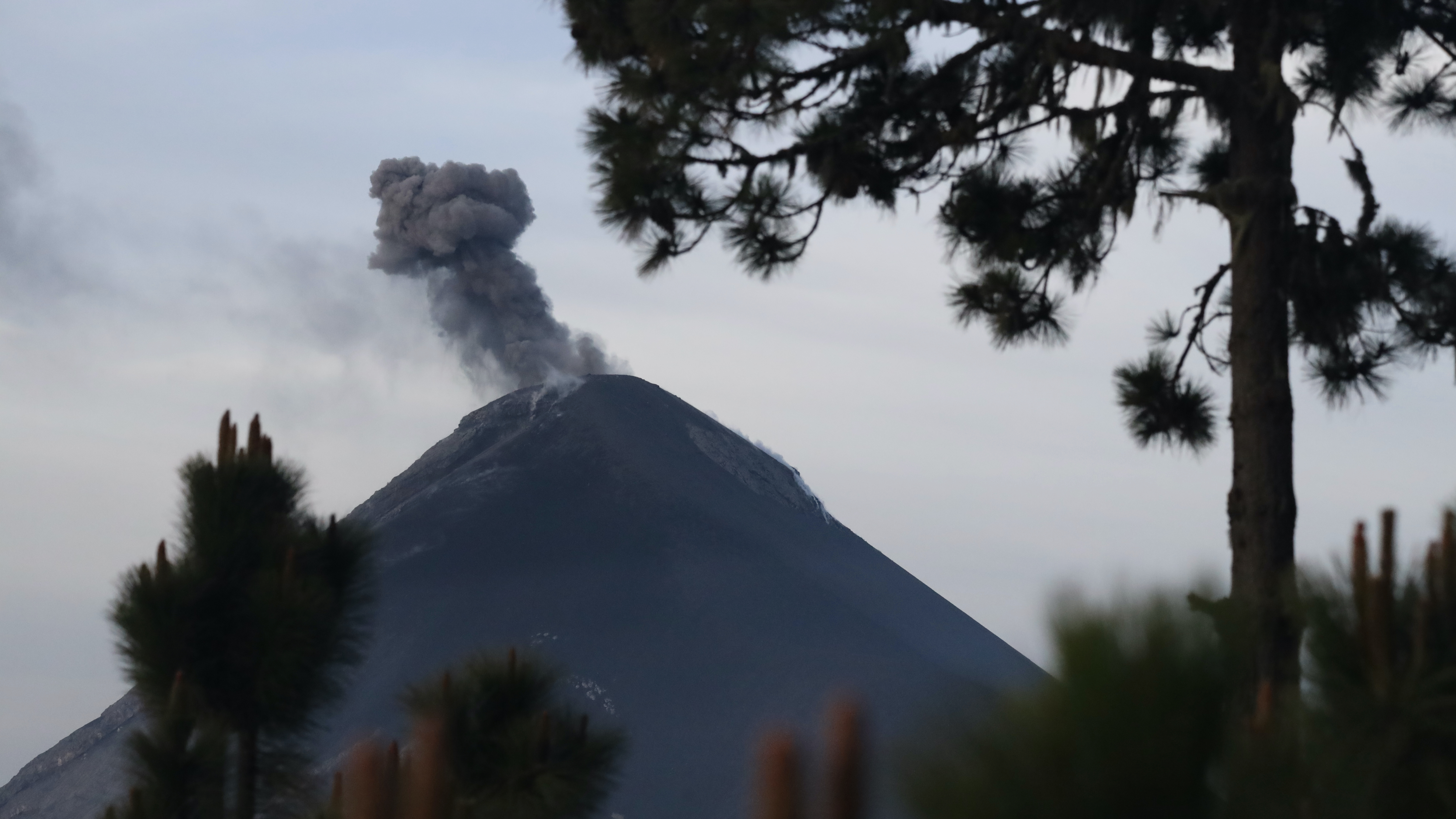Last Thursday, the El Fuego (The Fire) volcano in Guatemala took things to another level.
A huge, mushroom-shaped plume of black smoke erupted into the sky as red-hot lava rocks sprayed over the hillside. Authorities took action, ordering more than a thousand residents to evacuate.
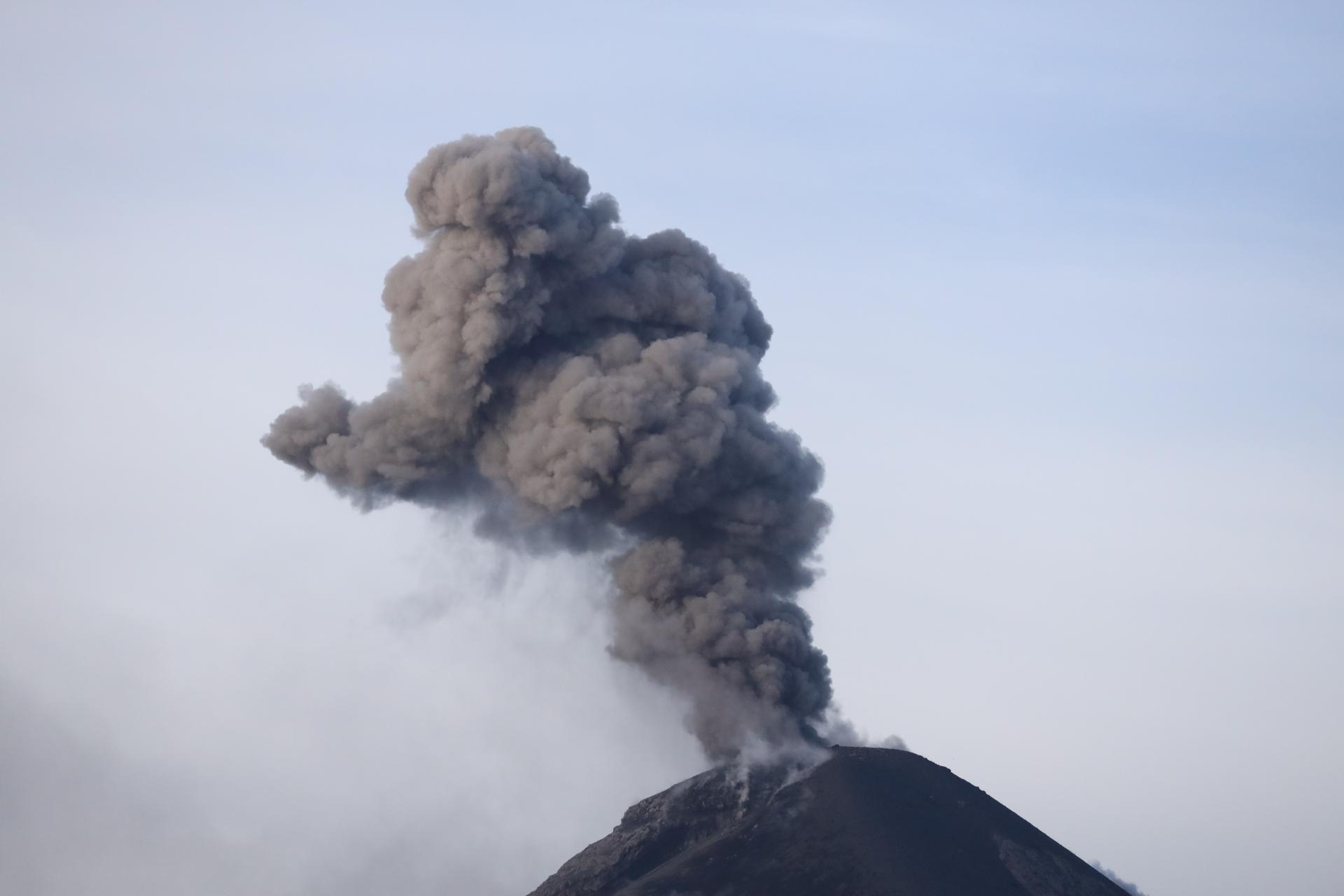
“It’s best to avoid any problems,” one mother told a local TV outlet, as she sat inside a packed, yellow school bus, waiting to be taken to a shelter. Her toddler son stood on her lap, teething on the seat in front of them.
“I have to be very careful with him,” she said. “He has lung issues, so it’s impossible for me to stay.”
Guatemalan officials said that 280,000 people were impacted by the fallen ash across the country.
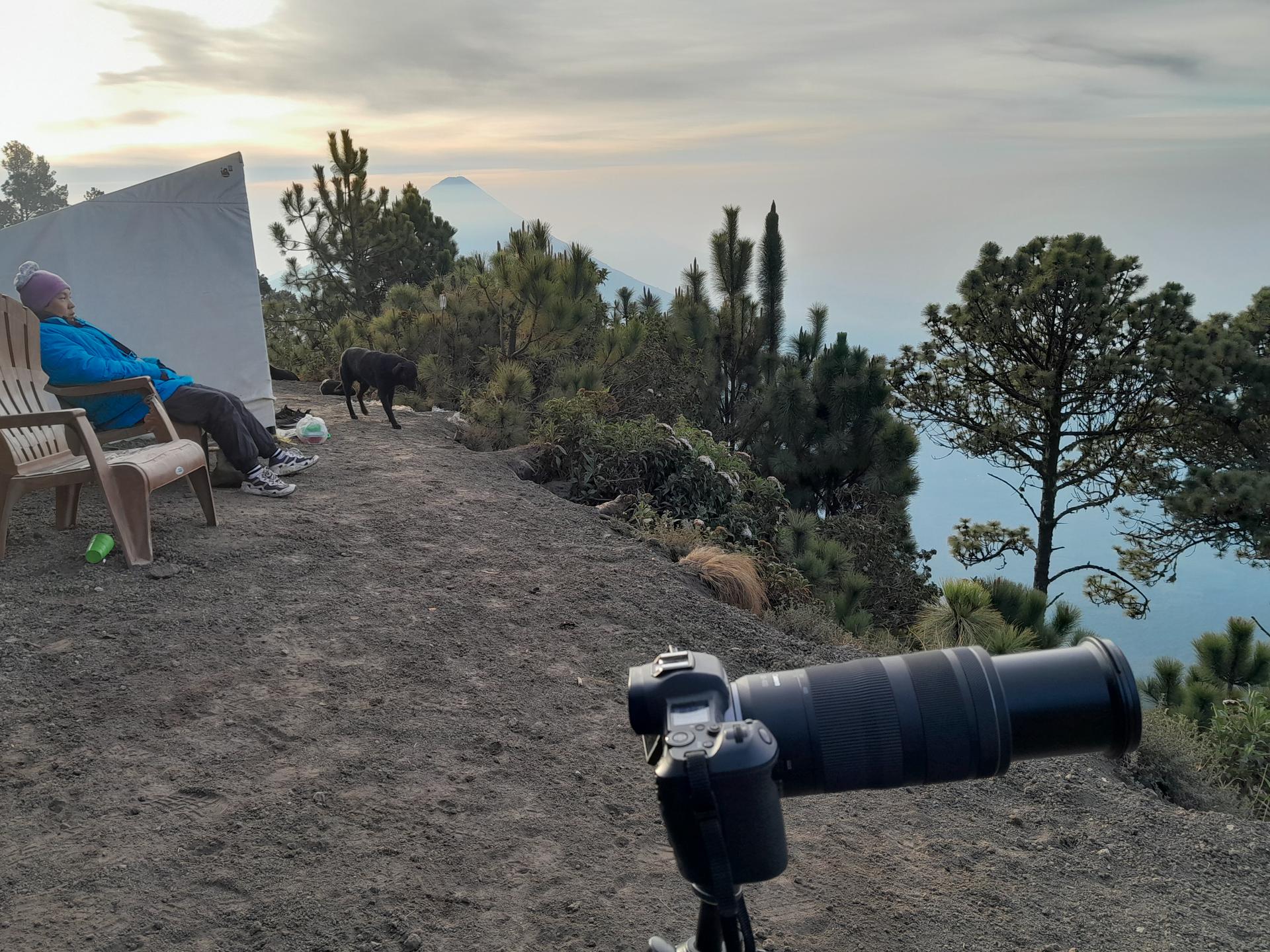
The mother and son were headed to one of two dozen shelters opened for residents outside of the volcano’s path.
“People are afraid after what happened in 2018,” one evacuee told a news agency, inside of a large gymnasium filled with families and their belongings. “So, they already have their bags ready, and when authorities say they have to evacuate, they are ready to go.”
More than 300 people died in 2018 when El Fuego exploded, spewing smoke and ash, and causing pyroclastic lava flows to pour down hillsides and into populated areas. Shocking videos from that time show people running or racing away in a car as huge plumes of smoke stretch across an apocalyptic sky.
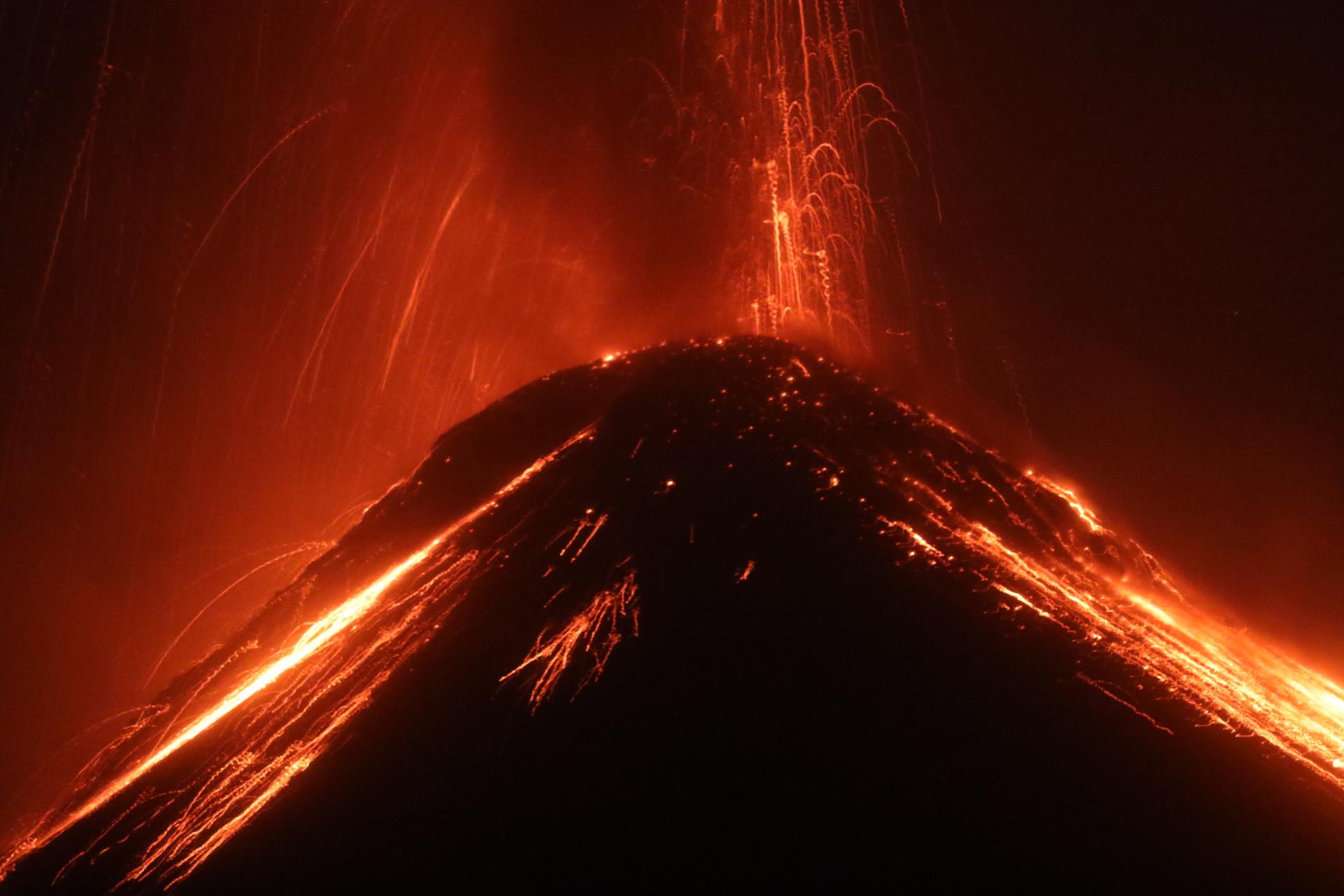
Local residents are not the only ones potentially in harm’s way.
Tour companies guide 100-200 people up the hillside to witness El Fuego each day. It’s not an easy hike.
Polish tourist Tomek Grzeda hiked up Acatenango with his family last month.
“The first, big eruption after we got to the camp, our daughter started crying. Because she was afraid of the noise and how it looks — the lava coming from the volcano. It was incredible. Super powerful, but also scary,” he said. “But after that, we got used to it. We understood how it worked. The guide explained everything. We felt safe on the top.”
El Fuego erupted all night long. But not like it did last week.
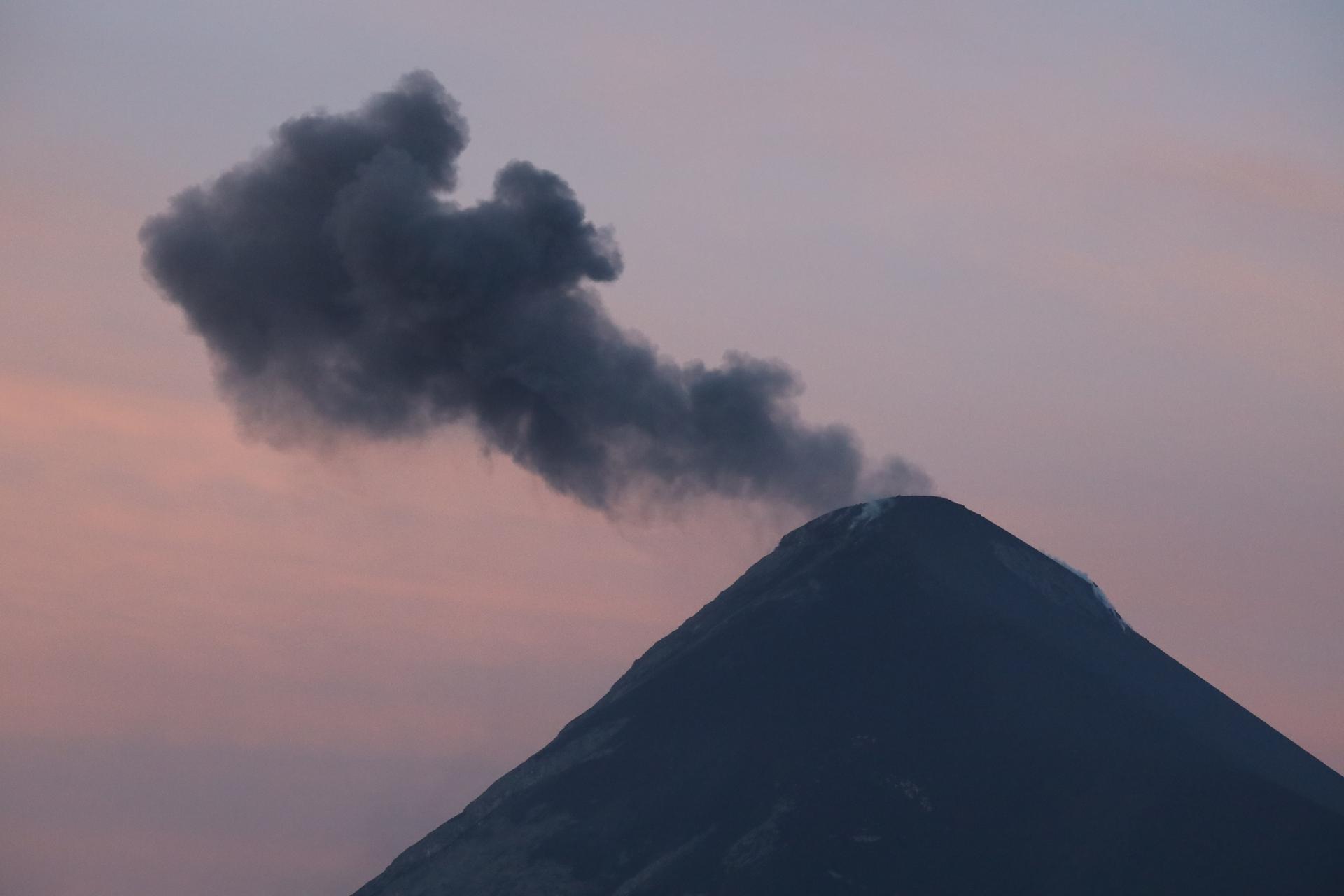
Pablo Arcón, the head of Pablo’s Tours, said they started to evacuate people off the mountain around 6 a.m.
“We’ve never had a problem like rocks falling on the base camp, or something like that,” he said. “We evacuate because of the high concentration of ash and because of the roads, which can get knocked out and make it hard to get people home.”
He said that’s what happened in 2018. But no hikers died.
A handful of tourists have perished on the mountain over the years. But that’s largely been due to the elements and the high altitude, not the volcano.
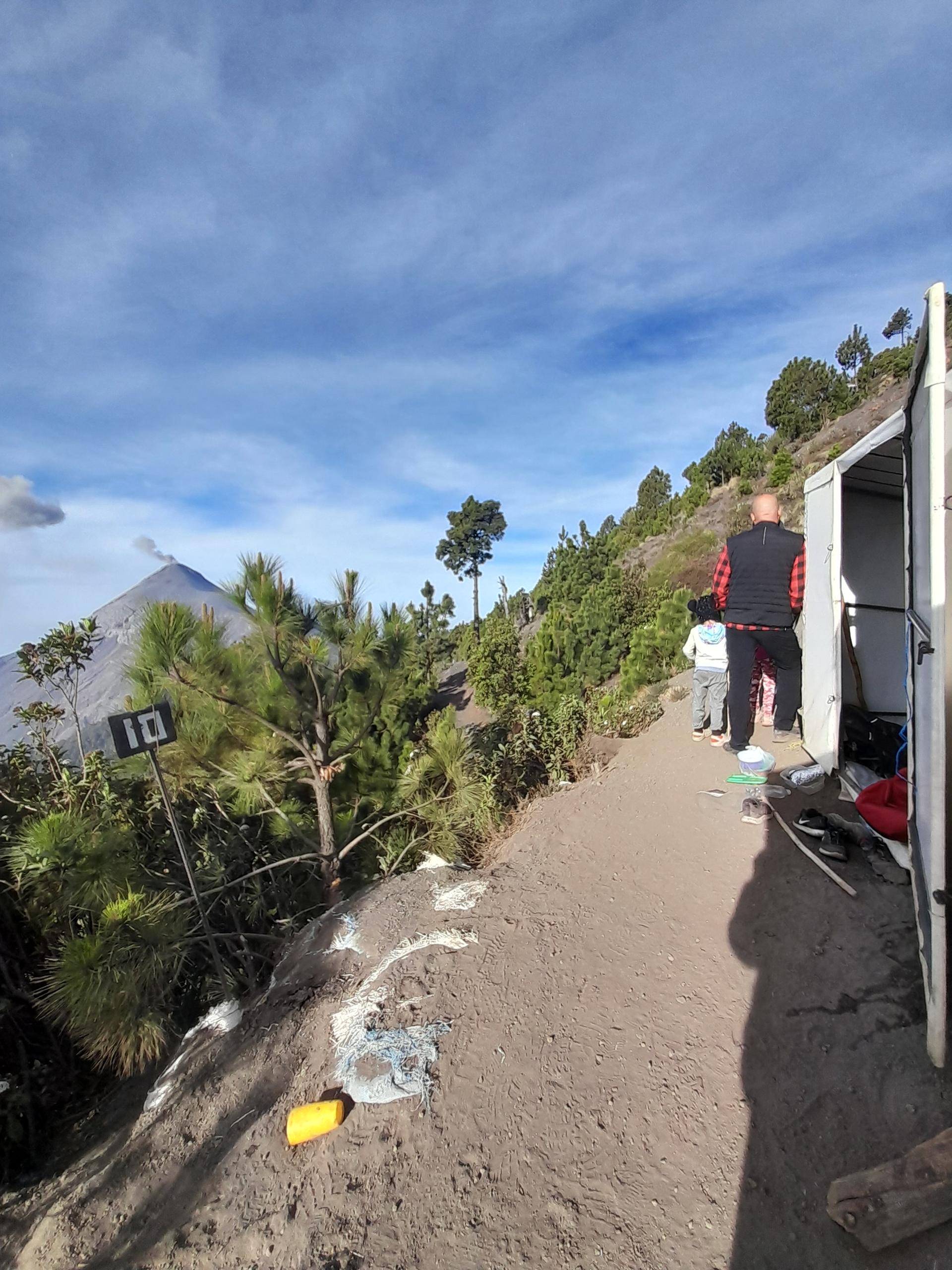
Brayam Mendez is the head of environmental management for the Municipality of Acatenango. He said that you can’t predict volcanoes, but they are used to El Fuego.
“It always does this,” he said. “When there’s a problem or activity increases, and you can’t see through the ash, we close the park and there are no visits. But after a few days, we open it back up.”
That’s where they are now. Most residents have now returned home.
Arcón said that he’s expecting they’ll get the green light from Guatemala’s tourist agency to again start tours up the mountain later this week.
